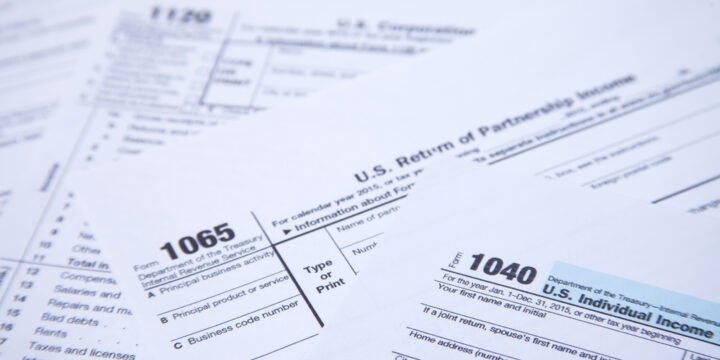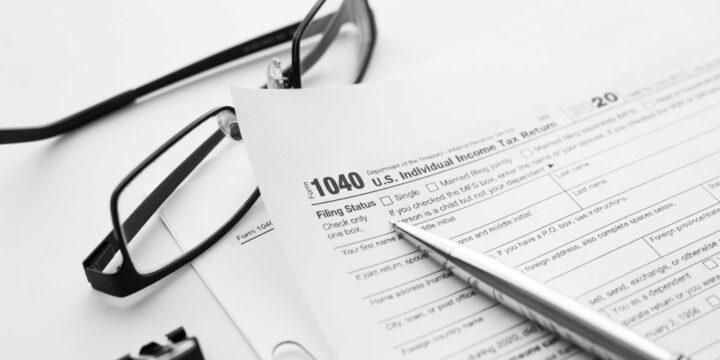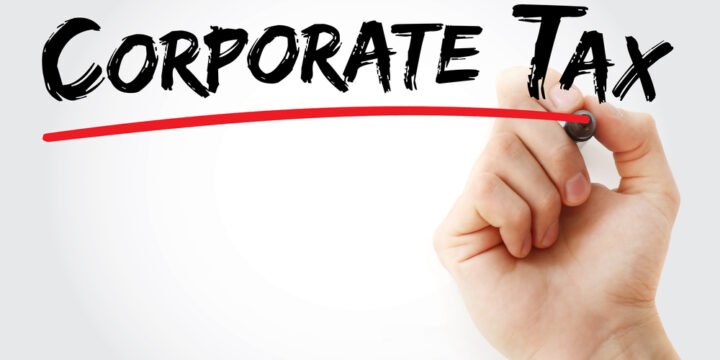
A Deep Dive Into IRS Form 5471 Schedule P
By Anthony Diosdi IntroductionSchedule P of Form 5471 is used to report previously taxed earnings and profits (“PTEP”) of a U.S. shareholder of a controlled foreign corporation (“CFC”). The term PTEP refers to earnings and profits (“E&P”) of a foreign corporation. This article will dive into each column and line of the new 2020 Form 5471 Schedule P. We will also attempt to provide guidance as to how to prepare this incredibly complicated return. Who Must Complete the Form 5471 Schedule P?Anyone preparing a Form 5471 knows that the return consists of many schedules. Schedule P is just one schedule of the Form 5471. Whether or not a shareholder of a CFC is required to complete Schedule P depends on what category of filer he or she can be classified…








